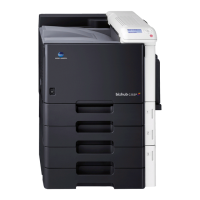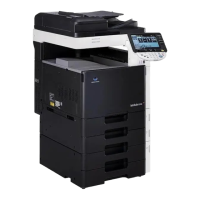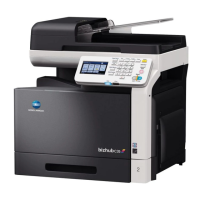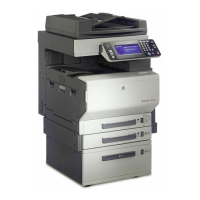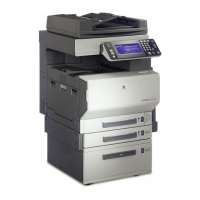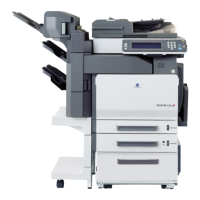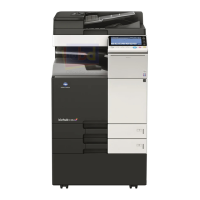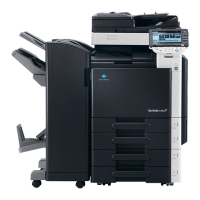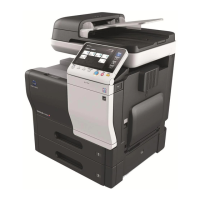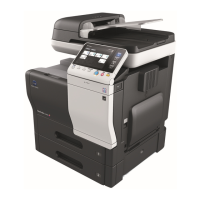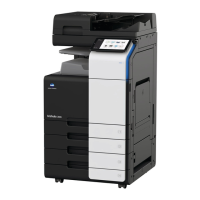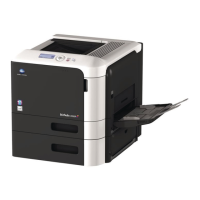Why won't my Konica Minolta All in One Printer start printing?
- CCharles YorkSep 4, 2025
If your Konica Minolta All in One Printer does not start printing, it could be due to the right-side door of the machine being open. Securely close the right-side door of the machine. Another reason could be that there is no paper that matches the document. Load paper of the appropriate size into the paper tray.
